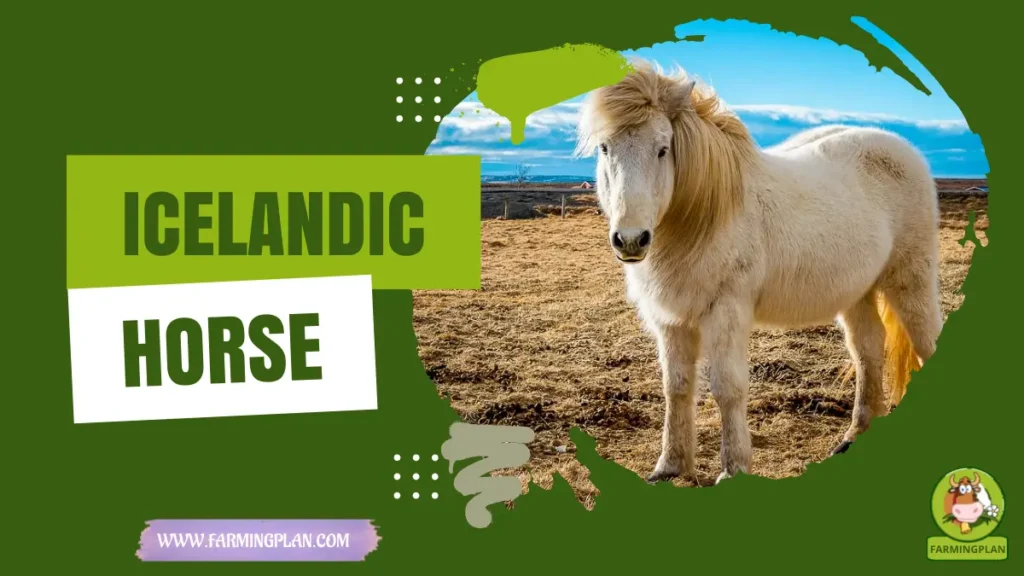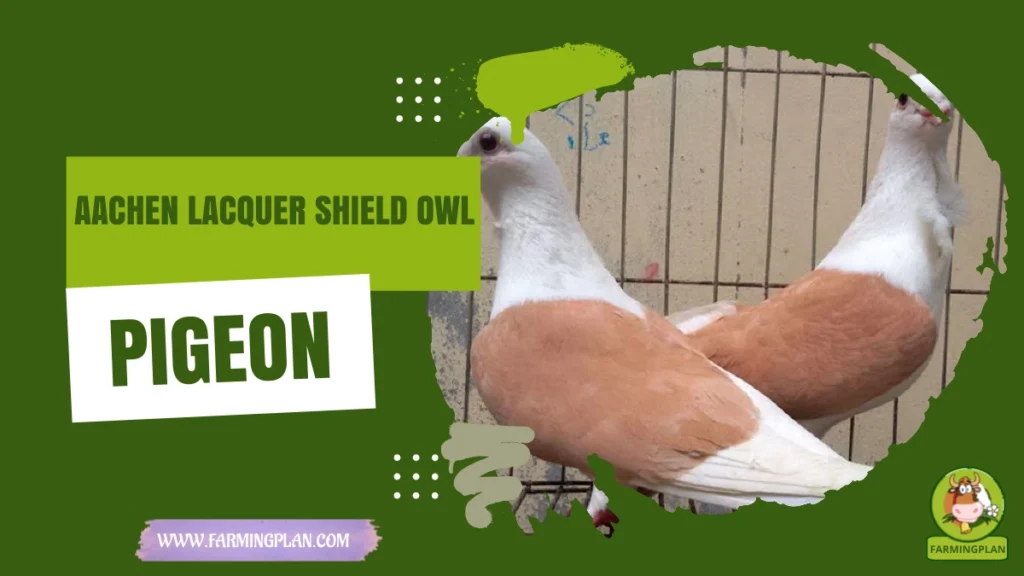The Icelandic Horse is a creature that can fascinate anyone who has ever dreamt to gallop along the volcanic mountains on a horse which moves as lightly as silk. After cultivating a variety of breeds of horses, I can surely say, that I was never able to find as much charm and sturdiness as I found in the Icelandic Horse. This tiny but strong animal with his smooth walk, the gentle nature close to a golden retriever and his Viking background is a wonder. Are you riding with an Icelandic horse in the vicinity of Reykjavik, or are you contemplating to raise one on your farm, or any other city?

History & Origin of Icelandic Horse
Icelandic Horse, an old Norse breed of horses, was taken to Iceland by Viking settlers more than a thousand years ago. It is not a simple horse but a living chronic to history. The Icelandic horses purity has been maintained throughout centuries due to the isolation and ban of importation of horses to Iceland that has been since the 10 th century. Such a detailed history brings a new dimension to the appeal of the Icelandic Horse.
These horses have endured volcanic winters, harsh winds, and rocky trails without flinching. They’ve been essential to traditional Icelandic life—from horse and sheep roundups to postal delivery across lava fields. Even today, they’re celebrated in the Icelandic Horse Quarterly and cherished for their role in both culture and daily life. No other horse breed on Earth has remained this pure for so long.
Characteristics of Icelandic Horse
The Icelandic Horse might be pony-sized, but don’t let that fool you—it’s all horse. Standing about 13 to 14 hands high, their compact, muscular build gives them impressive strength and stamina. They’ve got a thick double-layer coat that shrugs off Iceland’s icy storms, and their mane? Long, flowing, and gloriously unruly.
They come in over 40 different colors and 100 variations—everything from chestnut to blue dun. What’s even cooler? They don’t just walk, trot, and canter. They have two extra gaits: the smooth, four-beat tölt and the thrilling flying pace. That’s why they’re considered a top gaited horse breed around the world. You’ll spot Icelandic mares, stallions, and geldings all across the country, often trotting with joyful confidence across wild trails.
Read More: Kathiawari Horse: A Resilient Indian Breed with Rich History
Nature & Temperament of Icelandic Horse
One of the reasons I love working with Icelandic Horses is their personality. These guys are the Labrador Retrievers of the horse world—gentle, social, and curious. They’re fearless on rough terrain, steady under saddle, and love people. That makes them ideal for kids, new riders, and even seniors looking for a reliable companion.
Even on tours near Reykjavik, you’ll notice how calm they are, even with noisy crowds or unpredictable weather. They’re not just sweet—they’re smart, too. Icelandic Horses bond closely with their people and love having a job to do. Just don’t let their easygoing nature fool you—they’ve got a spirited streak when the tölt kicks in!
Food & Diet of Icelandic Horse
Feeding an Icelandic Horse is simpler than you’d expect. They’re easy keepers with strong digestion, thanks to generations raised on sparse Icelandic pastures. Grass and hay should be their main source of calories. They don’t need heavy grains or fancy supplements unless they’re doing intense riding.
Give them fresh water, a salt block, and maybe a few carrots for treats. Too many sugary snacks or high-protein feeds can lead to metabolic issues, especially since these horses naturally thrive on less. On my farm, I rotate pastures to mimic Iceland’s grazing rhythm, and I always remind new owners—”Just because they beg doesn’t mean they’re hungry!”
Read More: Connemara Pony Horse: Why This Gentle Breed Will Transform Your Riding Experience
Usage & Purpose of Icelandic Horse
Let’s talk about versatility. Icelandic Horses aren’t just for show—they’re serious multitaskers. I’ve utilized them for trail riding, endurance events, light farm work, and even therapy sessions. But where they truly excel is in riding tours.
Horse riding Iceland Reykjavik-style is a bucket-list item for travelers. Locals and tourists alike enjoy the tölt on lava fields, beach trails, and through steaming geothermal valleys. Plus, they’re a hit in shows due to their flashy gaits and spirited nature. Whether you’re running a tour, managing a horse farm in Iceland, or just looking for a loyal mount, these horses will get the job done—and look good doing it.
Special Features of Icelandic Horse
Here’s where things get exciting. The Icelandic Horse doesn’t just walk, trot, and canter. It tölt—this silky-smooth gait keeps the rider steady while the horse effortlessly traverses uneven ground. Imagine riding a horse and holding a full glass of water without spilling a drop. That’s the tölt.
Then there’s the flying pace. It’s a two-beat lateral gait so fast it’s almost like floating. Not all Icelandics can do it, but when they do? It’s thrilling. Combine that with their disease resistance, low maintenance coats, and ability to work year-round, and you’ve got a truly rare horse breed. It’s no wonder Iceland pony tours always mention this in their brochures—this breed is built different.
Health Issues & Prevention of Icelandic Horse
These horses are tough, no doubt—but they still need proper care. Sweet itch is the most common issue, caused by bug bites that irritate their sensitive skin. I use fly sheets and natural sprays to keep them itch-free. Colic is rare but possible, so consistent feeding schedules and clean water are a must.
Hoof trimming every 6–8 weeks, annual dental checkups, and deworming schedules will keep them running strong. They also rarely get diseases because of Iceland’s strict import ban, but that means no foreign horses should mix with them—ever. “Tips: A Quick Daily Grooming Routine Can Catch Issues Early Before They Turn Into Costly Vet Visits.
Read More: Peruvian Paso Horse: Don’t Miss Out on the Smoothest, Most Powerful Ride of Your Life
Step-by-Step Pet Owner Guide: Raising an Icelandic Horse the Right Way
How to raise an Icelandic Horse with confidence, in the step-by-step pet owner guide. I will take you step by step through the selection of the right horse and establishment of shelter to feeding, grooming and training with simple steps which you can follow through. It will be easier and less stressful to take proper care of the breed right the first time of owning a horse or as an addition to the herd.
Step 1: Choose the Right Horse
Start by deciding what you want from your Icelandic Horse. Are you planning on trail rides, shows, or breeding? I always recommend starting with a gelding for first-timers—they’re even-tempered and easier to manage. Look for a horse that has been trained in tölt and fits your energy level. Spend time around the horse, observe how it reacts to people, and don’t rush into buying the first pretty pony you see.
A pre-purchase vet check is essential. Icelandic Horses may be strong, but hidden health issues like dental problems or minor lameness can cause headaches later. You want a horse that’s not just pretty but sound and well-mannered.
Step 2: Build a Shelter and Fencing
These horses may be hardy, but they still need shelter. A three-sided run-in shed works great for most climates. Make sure it’s windproof and dry inside. Their thick coats don’t require blanketing unless temperatures are extreme, but wet and muddy conditions can cause hoof problems if they don’t have a dry place to stand. Fencing should be strong but simple. I use no-climb wire or wood with electric top lines to keep them respectful. They’re not escape artists, but they are curious, so make sure gates latch well and water tanks are safe.
Step 3: Setup a Balanced Diet
A happy Icelandic Horse eats like a minimalist. Stick with good pasture grass in summer and quality hay during winter. Avoid too much clover or alfalfa—it’s richer than they need. Provide access to fresh water at all times, and offer a salt block or mineral lick in the paddock. You don’t need fancy supplements unless your vet suggests it. I also add a bit of flaxseed in the colder months to keep their coat shiny. Always adjust feeding based on workload—tour horses burn more energy than backyard companions.
Step 4: Daily Care Routine
Daily care is easy but essential. Every morning, I do a quick check—eyes clear, legs sound, appetite normal. Grooming keeps their skin healthy and helps me spot any swelling, cuts, or signs of sweet itch. I use a rubber curry comb, soft brush, and hoof pick daily. Exercise is just as important. Whether it’s groundwork or saddle time, keep your horse moving. They thrive on structure. Teach them manners, introduce obstacles, and ride regularly. It keeps their mind sharp and body healthy.
Step 5: Schedule Vet Visits and Farrier Work
Every 6–8 weeks, my farrier checks and trims their hooves. Icelandic Horses don’t usually wear shoes unless working on rocky trails daily. Schedule vet checkups once or twice a year, depending on your area. Vaccinations, dental floating, and deworming should be part of your routine. Keep a small medical kit on hand—thermometer, wound ointment, gauze, fly spray. Prevention saves money and heartache, trust me. And always know the signs of colic or lameness so you can act quickly.
Strong Hooves, Gentle Hearts—Icelandic Horses Prove That True Strength Can Be Soft, Furry, And Full Of Whinnies.
FAQ
What makes the Icelandic Horse special?
The Icelandic Horse has two unique gaits—the tölt and flying pace—making it one of the smoothest rides in the world.
Can tourists ride Icelandic Horses in Reykjavik?
Yes, many tours offer Icelandic horse riding near Reykjavik with beginner-friendly horses and scenic routes.
Is the Icelandic Horse a pony or a horse?
Though pony-sized, the breed is officially classified as a horse due to its strength and character.
How long do Icelandic Horses live?
With proper care, they often live into their 30s and stay rideable well into their senior years.
Are Icelandic Horses allowed to leave Iceland?
Yes—but once they leave, they can’t return, due to strict disease-prevention laws protecting Iceland’s horse population.
Conclusion
Icelandic Horse is not a breed of horses like many other entities; it is legend. They have charmed the world with their ancient Viking heritage, their silky tölt gait and friendly personality. You can certainly ride an Icelandic Horse on a horseback tour in the Reykjavik area or even bring one back to your farm but there is more to the Icelandic Horse than a ride, it is connection, adventure and centuries of survival with every stride.


